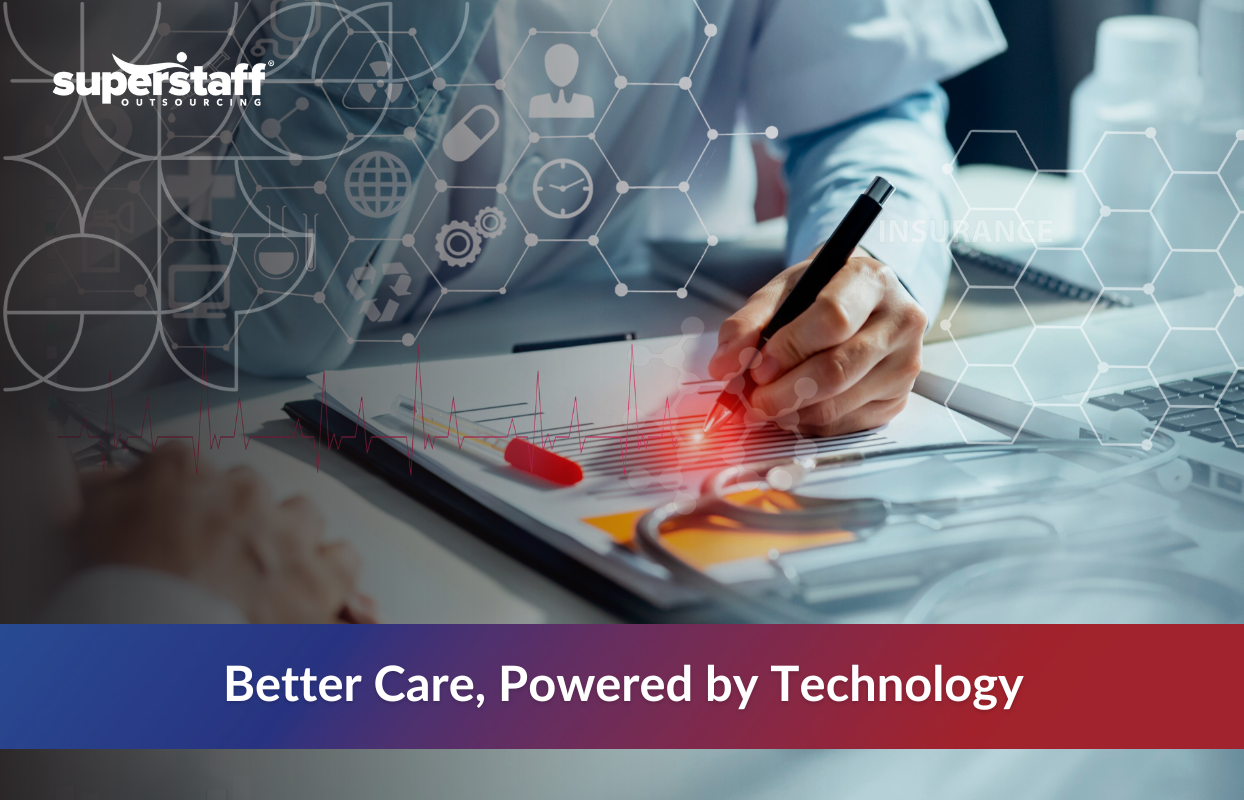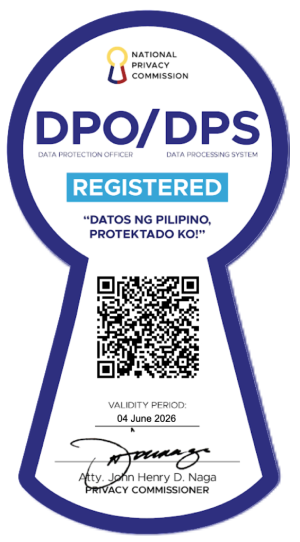
Healthcare IT support is changing the face of healthcare. From virtual doctor visits to wearable devices that monitor our health, technology is making healthcare more accessible and personalized. These innovations are allowing patients to receive care from home, manage their health more actively, and stay connected with their providers in real-time.
As healthcare IT support continues to advance, it’s creating new opportunities for both patients and healthcare providers. While these advancements promise improved care and efficiency, they also come with challenges like data privacy concerns and the need for continuous training. In this article, we’ll explore how these changes are reshaping the healthcare experience for both patients and providers.
Why Health IT Is Changing Healthcare Delivery
Health IT is bringing about significant changes in how healthcare is delivered, enhancing communication and making healthcare more accessible. Here’s how:
- More Virtual Appointments: Telehealth, or virtual doctor visits, are becoming very popular. Patients can see their doctors without leaving home, which is especially helpful for individuals who live far away or have mobility issues.
- Using Electronic Health Records (EHRs): Many doctors and hospitals now use digital records instead of paper ones. This makes it easier to store and share patient information, reducing mistakes and improving care.
- Investing in Digital Health Technology: Investment in digital health technology has seen a sharp rise over the past few years. Recent reports from healthcare sources show that global funding for digital health has climbed past $30 billion. Much of this growth is focused on areas like telehealth services, wearable health trackers, and remote patient monitoring tools, all aimed at making healthcare faster, more connected, and more convenient for patients and providers.
As technology becomes a bigger part of healthcare, patients can get care more easily. However, this also comes with new challenges that need to be addressed.
How Health IT Is Improving the Patient Experience

Health IT is making it easier for patients to access and manage their care. Some of the ways this is happening include:
Quick Access to Medical Records
Patients can now view their health records online, making it easier to stay informed about their health.
Convenient Care Options
With telehealth and health apps, patients can schedule appointments, talk to doctors remotely, and even monitor their health from home.
Wearable Devices
Devices like fitness trackers can monitor things like heart rate and steps, giving both patients and healthcare providers useful information about a person’s health.
Remote Patient Monitoring
For patients with chronic conditions, devices that track vital signs can help doctors keep an eye on their health without requiring constant visits to the office.
These tools make healthcare more accessible and convenient for patients. But while patients are benefiting from these changes, healthcare providers are also adjusting to new ways of working.
The Impact of Healthcare IT Support on Healthcare Providers
Health IT is changing how healthcare providers work daily. Here’s how:
-
New Digital Tools for Providers
Healthcare workers now use digital tools to keep track of patient information, prescriptions, and diagnoses. This makes it important for healthcare staff to be comfortable with technology.
-
Less Paperwork
With EHRs, doctors and nurses can update patient information quickly and access it when needed, cutting down on paperwork and improving efficiency.
-
Using Data to Improve Care
Healthcare providers can use data to predict patient needs and improve treatment plans. This helps ensure better care.
-
Managing Virtual Care
More healthcare providers are offering virtual visits. They must balance in-person appointments with online consultations, making sure patients have a smooth experience.
While these tools are making healthcare better, they also bring new challenges. Providers must learn new systems, and their daily routines are changing.
Challenges Patients and Providers Face With Healthcare IT Support
Despite the many benefits of Health IT, it comes with challenges for both patients and providers. Here are some of the main issues:
- Cybersecurity and Privacy Concerns: Health data is sensitive, so both patients and providers worry about keeping it safe from hackers. Strong security measures are necessary to protect this information.
- Limited Access in Some Areas: Not everyone has access to the latest health IT tools. People in rural or underserved areas may not benefit from all the new technology.
- Cost and Complexity: Healthcare providers face high costs when setting up and maintaining health IT systems. For smaller practices, this can be a huge financial strain.
- Burnout Among Providers: With so many digital platforms to manage, healthcare providers may feel stressed or overwhelmed. Constantly learning new systems and balancing multiple tools can lead to burnout.
- Technical Issues: Sometimes, technology doesn’t work as expected. When systems fail or have glitches, it can disrupt care, cause delays, and frustrate both patients and healthcare providers.
Despite these challenges, the future of Health IT looks promising, and many of these issues are being worked on.
The Long-Term Benefits of Healthcare IT Support for Healthcare Systems
Looking ahead, Health IT has the potential to improve healthcare in many ways. Some of the long-term benefits include:
Better Coordination Between Providers
By sharing patient information digitally, different healthcare providers can work together more easily, leading to better care for patients.
Faster Response and Prevention
With real-time data from wearables and remote monitoring, doctors can catch problems early and prevent issues from becoming bigger problems.
More Patient Engagement
Patients who can access and manage their own health data are more likely to stay engaged in their health, leading to better health outcomes.
More Efficient Operations
Health IT helps healthcare providers streamline their work, reducing waste and making the whole process run more smoothly.
Lower Costs
When healthcare systems become more efficient, it can reduce overall costs, which benefits both providers and patients.
The long-term impact of Health IT will be positive as systems improve and become more widely available.
Healthcare IT Support: Paving the Way for a Smarter, Stronger Patient Experience
The boom in Health IT is changing healthcare in big ways, bringing both benefits and challenges for patients and providers alike. As Health IT continues to expand, it offers new opportunities for better care, quicker access, and more efficient operations. However, it also brings concerns, such as security and the cost of implementation.
Looking ahead, embracing Health IT thoughtfully will be key to creating a better healthcare system for everyone. A clear example is how Health IT is changing the patient experience — giving individuals more control over their care, easier access to services, and better overall health management.
If you want to strengthen your healthcare services while keeping patient care at the heart of everything you do, SuperStaff is ready to support you. We offer specialized outsourcing solutions that help healthcare providers meet today’s Health IT demands — from managing administrative tasks to improving communication workflows and patient engagement.
With SuperStaff as your partner, you can streamline operations, boost efficiency, and focus more time on delivering the quality care your patients deserve. Let’s work together to build a stronger, more connected healthcare experience.






